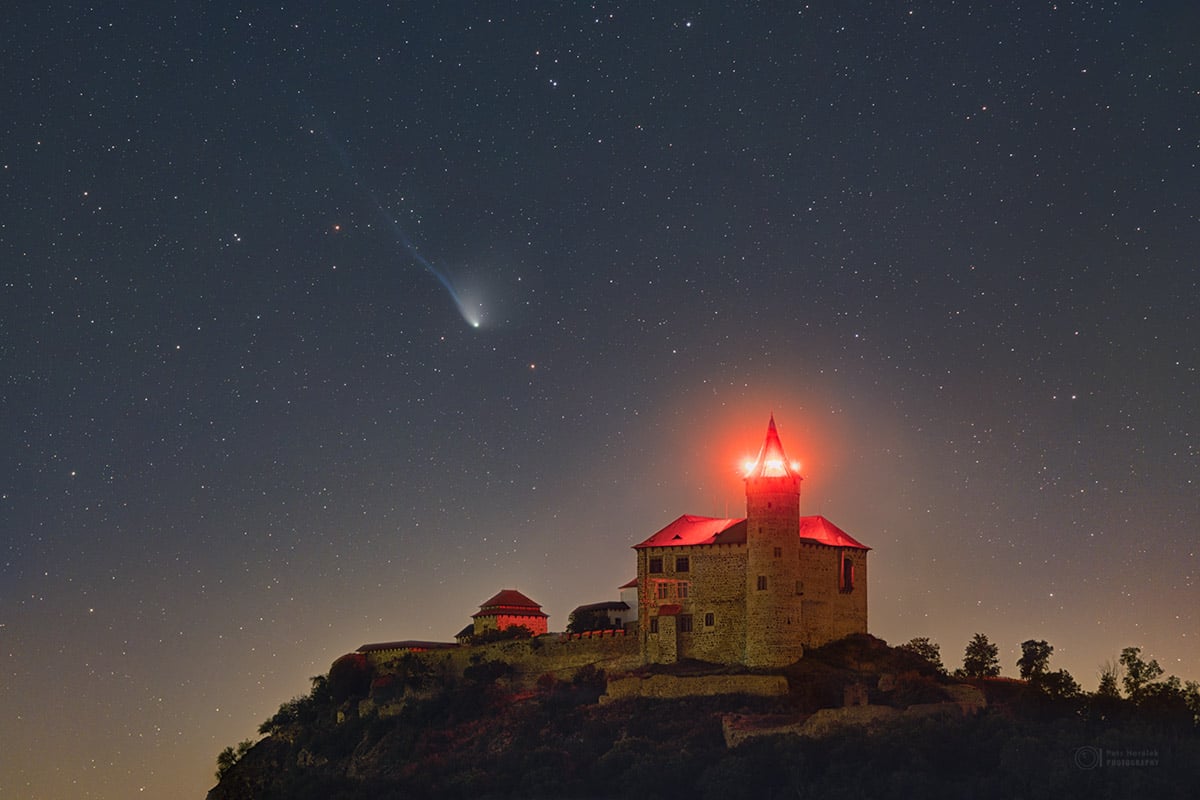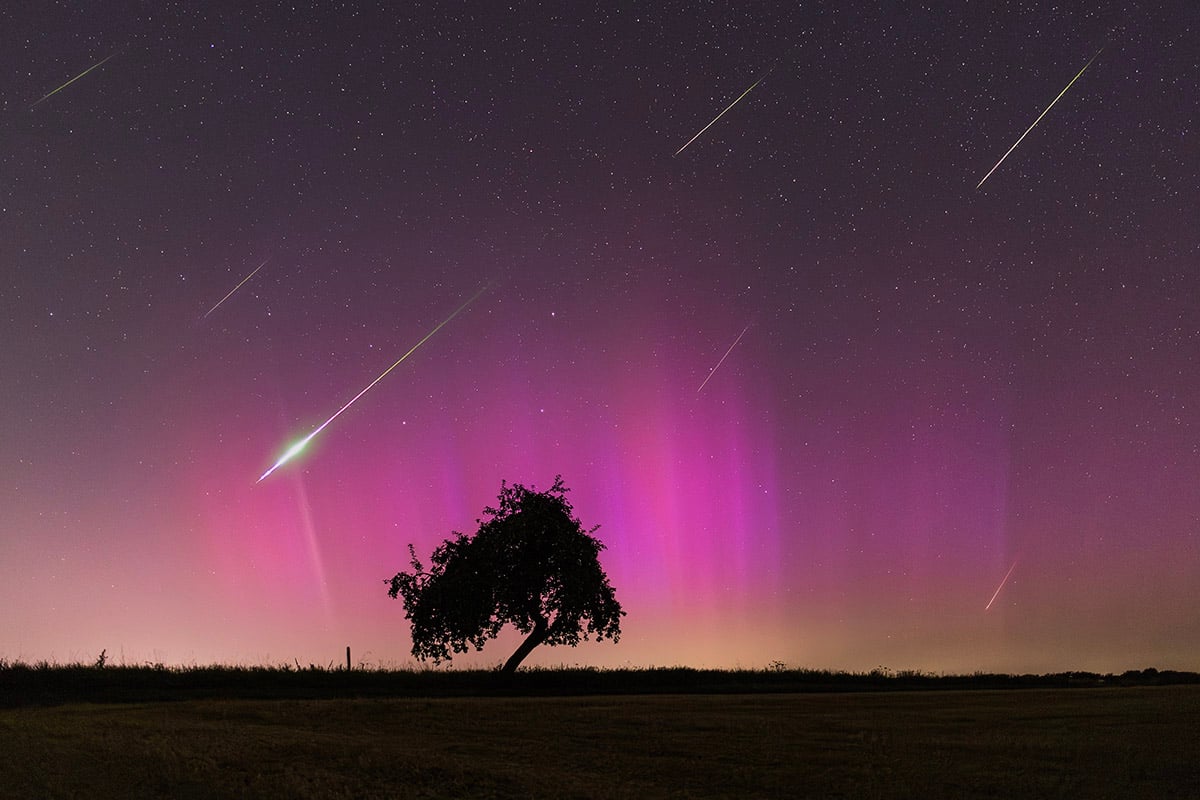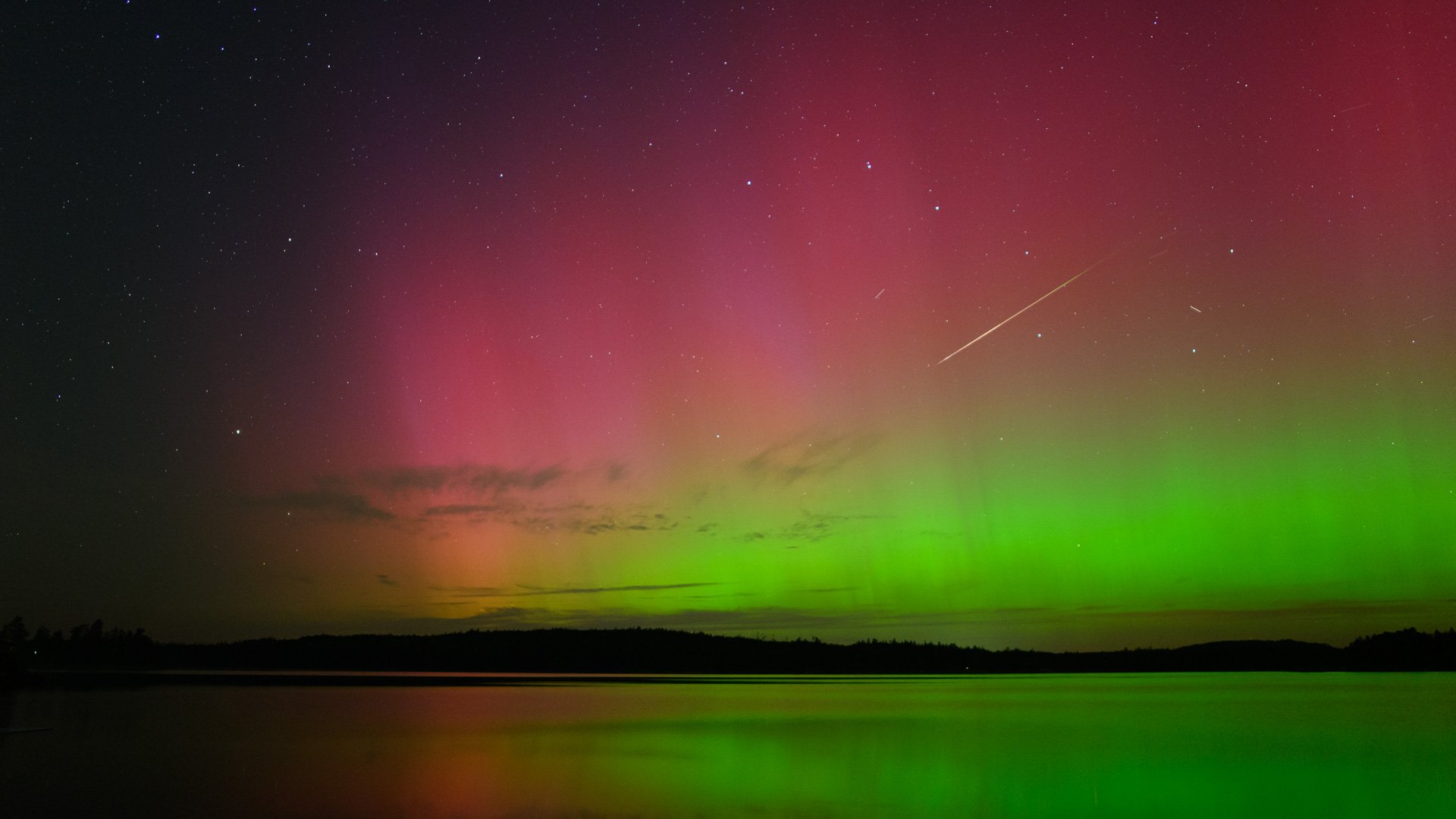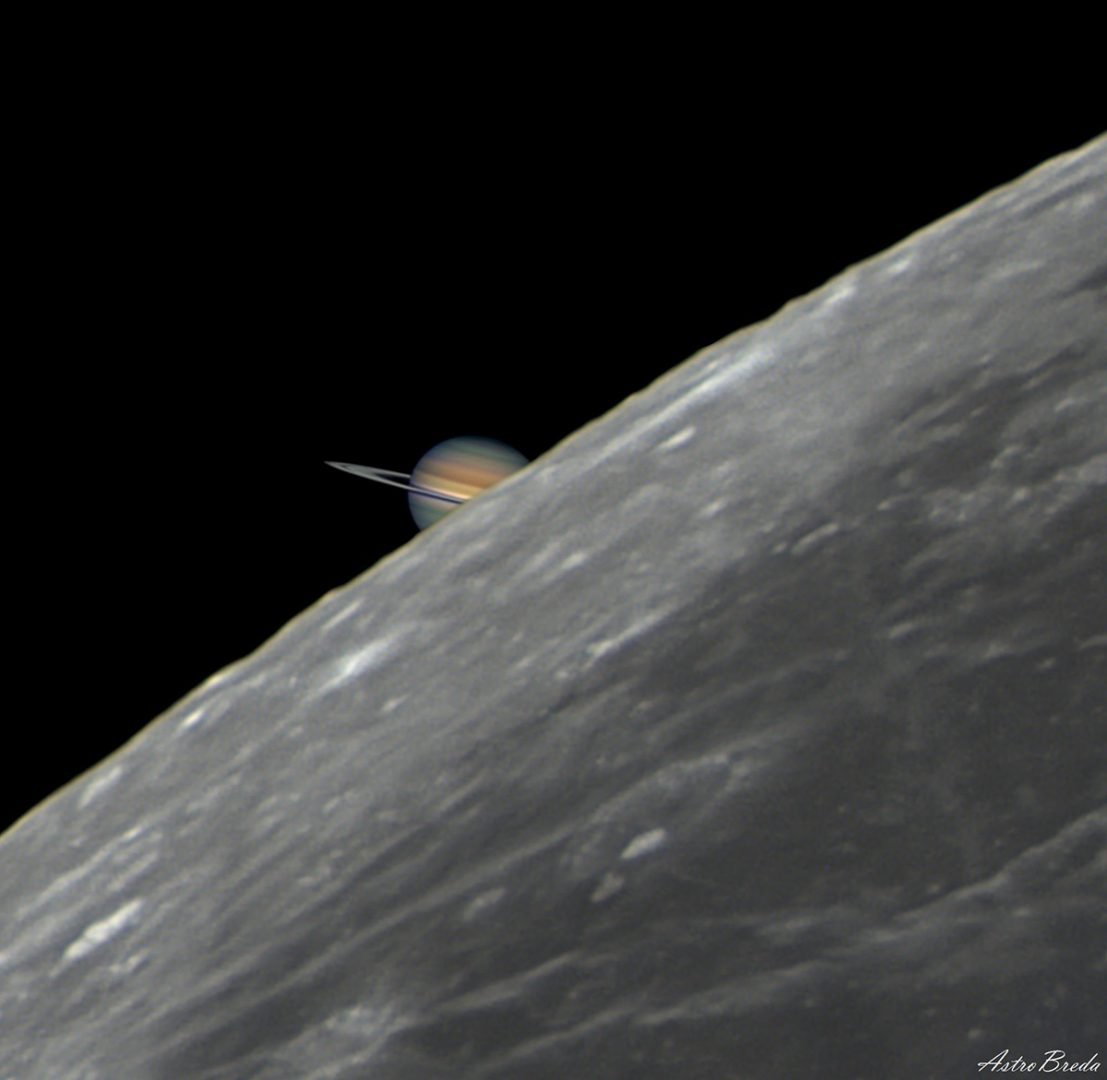NASA’s Astronomy Photo of the Day is a large collection of astronomy photos, both amateur and professional. It celebrates our wonderful world, every day.
Since its inception in 1995, NASA APOD has been selecting and publishing some of the best space photographs. Its two editors Robert Nemiroff and Jerry Bonnell are the people behind it. Here, you can meet photos taken by space telescopes like Hubble, JWST etc. But it also includes elite photos taken by regular DSLR cameras.
Here are some of the best photos from August 2024.
Comet Olbers on Kunetice Castle
Comet 13P/Olbers visits the inner solar system about every 70 years. It had its closest approach to the sun on June 30. But it is currently returning to the distant Oort Cloud. Here, you can see the comet here above the old Kunetice Castle, Czech Republic. On July 28, a combination of a fixed foreground view and a tracked exposure of the comet and sky was captured. This image shows the comet’s ion tail, the brightest comet, and the broad tail of dust blown by the storm and wind from the Sun. You can see the comet against a background of faint stars below the northern constellation Ursa Major, about 16 light-minutes outside the citadel. The hill fort was built in the 15th century.

Periodic Comet Swift-Tuttle
Comet 109P/Swift-Tuttle is a Halley-type comet. It means that the comet orbits the sun between the orbits of Jupiter and Pluto. It has an orbital period of about 133 years. It is also considered the origin of the annual Perseid Meteor shower. In 1992, a comet entered the inner solar system. You couldn’t see it with the naked eye at first. But soon it became bright enough to be seen from many places with binoculars and binoculars. A photographer took this photo on November 24, 1992 on film. The image shows a beautiful color image of Swift-Tuttle’s green coma, long ion tail, and dust tail. Scientists predict that it will happen again in 2126.
Light, Darkness, and Dust Trinity
The Trifid Nebula is 5,000 light-years away in the constellation Sagittarius. It is a star-forming region in the plane of our galaxy. The Trifid consists of three types of astronomical nebulae. A dirty red nebula dominated by light from hydrogen atoms. A blue reflective nebula produced by dust reflecting starlight. And black nebulae with thick dust clouds visible in silhouette. The Trifid’s popular name comes from its red colored belt. This belt is divided into three parts to hide the dust paths. The composition of the cosmic cloud extends for more than 40 light years. It is similar to the position of the full moon in the sky. But the nebula is so faint that it cannot be seen with the naked eye.


Perseid meteors over Stonehenge
After the sky darkened, the photographer took many pictures of the meteors from this year’s Perseids. The images were captured separately and combined into one frame. Although the meteors traveled in straight lines, the wide-angle lens of the capturing camera made them appear curved. Meteor streaks can be traced to a single point in the sky. It is just outside the top of the frame in the constellation Perseus. The same camera took a detailed view of the background sky. It shows the main band of our Milky Way galaxy passing almost vertically through the center of the image. Photos taken near the city Wiltshire, England. It includes the famous Stonehenge monument below.
Meteors and Aurora over Germany
The night sky on August 11th and 12th was nearing the peak of the annual Perseid meteor shower. One could see Meteors shining in the dark night sky. The night sky in central Germany turned purple. The solar storm was so intense that it was seen as far south as Texas and Italy in the northern hemisphere. The picture was created from seven scenes shot in 26 minutes in Ense, Germany.


Meteor Borealis
On August 12, a bright Perseid meteor was visible in the night sky west of Halifax, Nova Scotia, Canada. The photo was taken with a camera pointed almost directly north. The bright path of the meteor is short-lived. It appears to cross the famous northern asterism of the universe, the Big Dipper. The sky is illuminated by the colorful northern lights, also known as the aurora borealis. Near the peak of this year’s Perseid meteor shower, geologic storms made Earth’s event even more dramatic for people. Bad weather conditions were caused by active solar radiation.


The Sky Is Full Of Arches
On August 11, the Rocket Lab Electron rocket lifted off from Earth. It was launched from the northern island of New Zealand and flew into low Earth orbit. This image captures the southern sea and sky. It is a format of 50 frames recorded in 2.5 hours. It shows a sharp trace of a good launch line to the east. The camera was mounted on a tripod and pointed directly at the South Pole. However, there is no bright star that marks the region in the southern hemisphere’s night sky.
Supermoon Over the Temple of Poseidon
Supermoons appear larger and brighter than other full moons. It’s because they get closer to Earth – closer than 90% of all full moons. This supermoon was also a blue moon. A seasonal blue moon is defined as the third of four full moons in a season. Another definition says that a blue moon is the second full moon in a given month. Blue moons don’t seem blue. The photo above captured the blue moon as it rose over the Temple of Poseidon in Greece.


Saturn Eclipse
In the month of August, a Saturnian eclipse, also known as a occultation, was visible over much of the Earth. This image is a combination of two different images. One image captures Saturn. Another picture was of the moon. With your naked eyes, you can see the moon looks brighter than saturn. All photos were found in Breda, Catalonia, Spain, before the witchcraft. Lunar Eclipses of Saturn will occur every month for the rest of the year. Every time, the event will be visible only to those who have a clear sky and a good place on Earth.


South of the Moon
The south pole of the Moon is in the upper left of this beautiful moonscape. A photographer captured it on August 23. He fixed his telescope towards the southern highlands of the moon. The perspective adds to the impression of a dense volcanic field. It also makes the crater appear more circular around the rim.


If you have an aerial photograph, you can submit it to NASA APOD as well.
#Top #ten #interesting #Astrology #pictures #August